There’s more to ‘bugs’, or invertebrates, than just natural history. For centuries they have entered our lives and thoughts in countless ways. They please and annoy us in equal measure. We have given them nicknames, found parallels in their existence and ours, harnessed them for our own use, and invested them with symbolism and magic.
Here we explore the always fascinating, often amusing and occasionally revolting meeting ground between people and bugs.
The phlegmatic snail
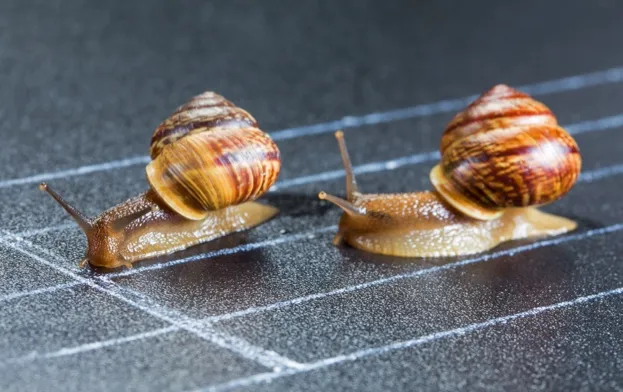
© Laures / Getty
PG Wodehouse thought that snails were rather dull animals “lacking in sustained dramatic interest”. Others admire them. Snails carry their ‘houses’ on their backs – a brilliant idea – and their shells suggest that they are prudent, too. In old manuscripts, knights can be seen praying in front of snails, or fighting them. Their coiled shells might have been emblematic of the tomb of Christ, but they were also a symbol of sloth.
Today’s snail fans can attend the World Snail-Racing Championships at Congham in Norfolk (the appropriately named Snailwell in Cambridgeshire hosts a rival contest). Up to 200 molluscs slug it out over a 35cm course. The prize? A tankard full of lettuce.
The insatiable leech
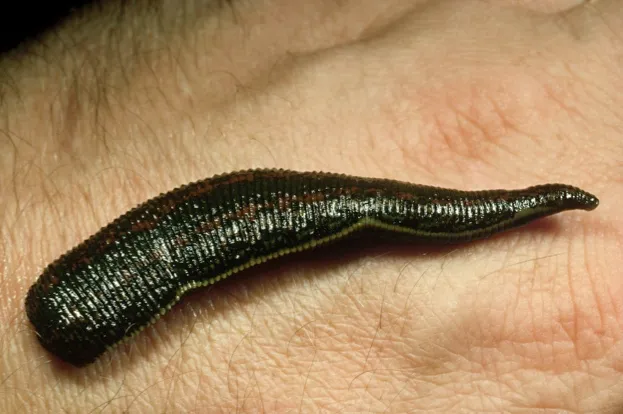
© Mike Birkhead / Getty
In ancient myth, the leech was the most gluttonous of all creatures. It would drink blood, and go on drinking until it burst. It was said to hatch spontaneously from the dung left by drinking animals, which meant that the next blood meal was never far away. The Roman naturalist Pliny was struck by how this humble ‘worm’ could turn the tables on the mightiest of animals, even the elephant.
The leech also lent its name to leechcraft, the art of lowering blood pressure as a cure. Leeches were gathered from ponds, mainly by poor countrywomen using their feet as bait, and kept in marble jars. They are still bred for medicine; the slogan of Britain’s top leech farm is “the biting edge of science”.
The terrifying spider
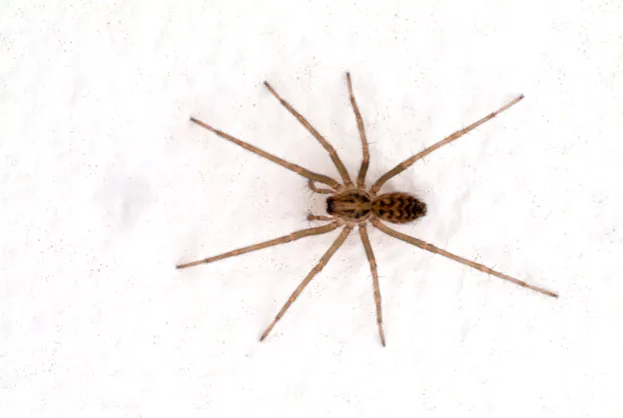
© Alisdair James / Getty
What causes arachnophobia? Children are naturally inquisitive and tolerant of creepy- crawlies, but they will always be guided by the reactions of their parents. Some people have been turned off for life by a leggy house spider dropped down their blouse. Others associate spiders with dirt, though they are, in fact, clean and pernickety. Most of all, perhaps, we think they have too many legs.
We are so afraid of spiders that we invent tales to make them even more fearful. They were said to be living bottles of poison, hence their old folk name of attercop or ‘poison-head’, and they supposedly lick spittle from our lips as we sleep. All nonsense, but based on their alien appearance and sinister lives.
The resplendent butterfly
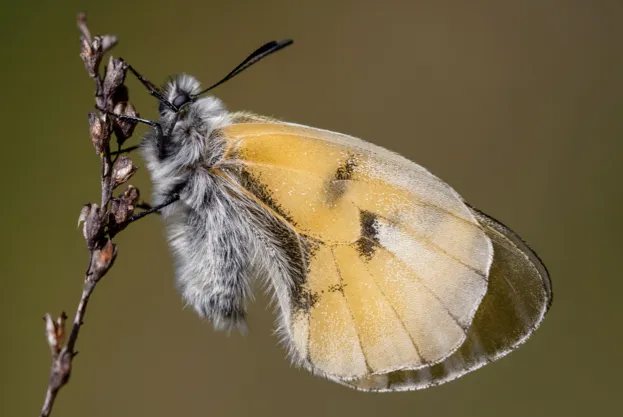
© Jasius / Getty
Why are they called butterflies? Maybe the original butterfly was the butter-yellow male brimstone, often the first species to appear in early spring. Some say that butterfly is only ‘flutterby’ backwards, or speculate that it was originally ‘beauty-fly’.
But there is no doubt that ‘butter’ means butter. The word goes back more than 1,000 years, and is the same in Dutch and German. A clue lies in the alternative German name schmetterling, meaning milk or cream, and the folk name milchdieb, or milk-thief. Butterflies, it turns out, really are attracted to milk churns, perhaps by a pheromone. However, in modern enclosed dairies they rarely get the chance.
The inscrutable woodlouse
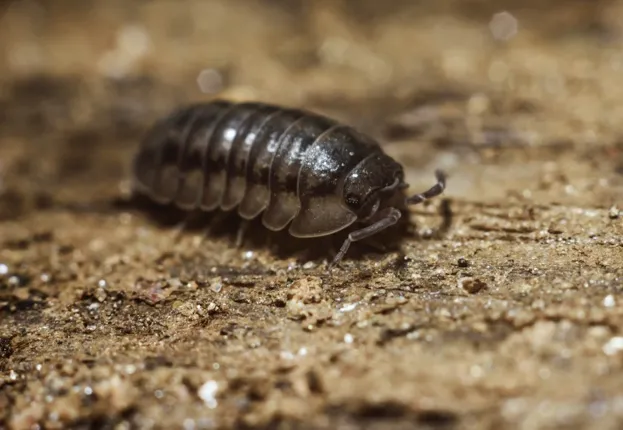
© Alex Vasquez / Getty
Bibble bug, monkeypede, tiddy-hog, grammar-zow, coffin-cutter, slater: there are more than 80 country names for the woodlouse. Some recall the way in which it curls up tight when disturbed, resembling a round cheese (‘cheesy-bob’), pill (‘pill-pig’), pea (‘pea-bug’) or old-fashioned silk button (‘Billy button’). But most of all, we see the creature as a little pig, as in choogy-pig, an affectionate West Country name for a piglet.
We also invent private monikers for the woodlouse. Research for Bugs Britannica uncovered such delightful epithets as ‘Johnny Crump’ and ‘Dougal spider’, the latter based on its resemblance to the dog in the animated series The Magic Roundabout.
The bewitching moth
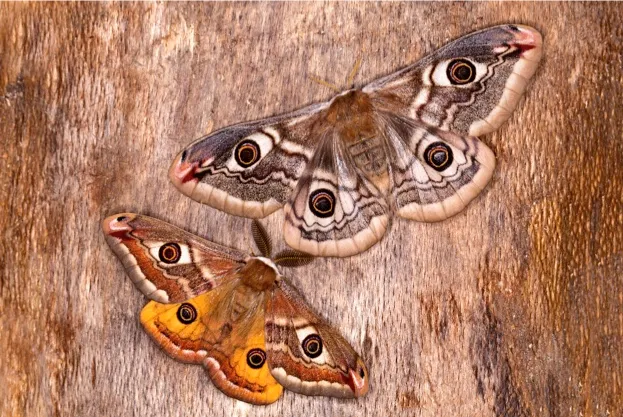
© Simon002 / Getty
What do moths and dreams have in common? As winged creatures of the dark, these insects have long haunted the human imagination. Most of us are asleep when they are active, though we may glimpse them at a lighted window or bright light. Some believe that pale moths are the souls of the dead, while large, dark ones are known in Caribbean folk culture as ‘witches’.
In ancient times, the personification of the soul was the goddess Psyche, often represented by artists and romantic poets with moth wings, or even as a moth. Her name survives to this day in the word ‘psychology’, and of course ‘psychiatry’ – Sigmund Freud’s science of dreams.
The iconic stag beetle

© kuritafsheen / Getty
Around London in the 1940s, the baritone drone of flying stag beetles sounded a bit like incoming V1 buzz-bombs, earning them the nickname of ‘doodlebugs’. The British capital remains a magnet for these splendid beetles, with three-quarters of all UK records coming from the city’s suburban gardens and hospital grounds.
Stag beetles are named for their outsize jaws, similar to the horns of a roe deer buck. Males use them to wrestle, sumo-style, with rivals (the loser is tossed out of the tree). Boys used to keep the pugilistic insects in matchboxes to stage tiny gladiatorial battles.
The humble earthworm
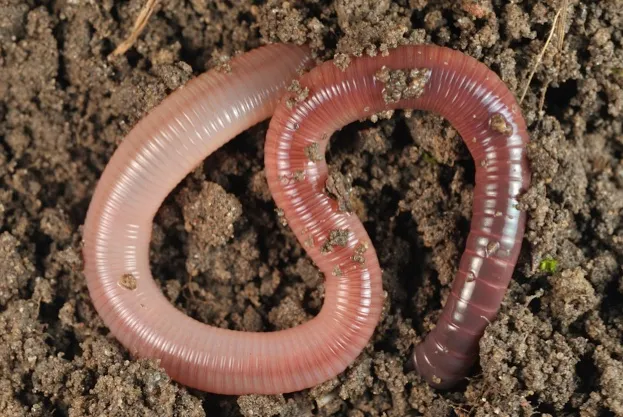
© K. Kucharksa / D. Kucharski / Getty
Unfortunately, the English language is hard on worms. To call someone a worm is to insinuate that they are the lowest form of life; wormy means grovelling abjectly. A worm’s-eye view is to see things from the very bottom. Think ‘worm’ and we picture something wriggling on an angler’s hook.
Yet we wouldn’t last long without worms to aerate the ground and fertilise it with their droppings. Worms, said Aristotle, are the intestines of the soil. Gilbert White thought that their loss would result in a “lamentable chasm”; the earth would be left “hardbound and sterile”.
After getting On the Origin of Species off his chest, Darwin spent countless hours studying “the politic worm”.
The ambivalent wasp
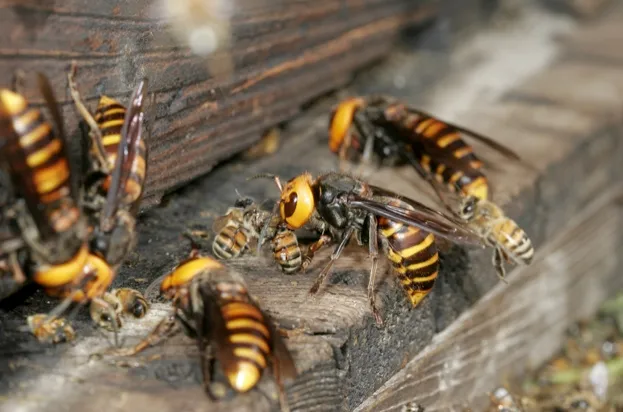
© Alaistair Macewen / Getty
Despite their bright warning coloration and interesting lives, social wasps have never been popular. They are seen as the Devil’s bees, all sting and no honey. Naturalists are often asked “What are wasps for?”, while words and sayings based on wasps tend to concern feelings of anger and aggression. ‘Waspish’, for instance, means bad-tempered.
Wasps have also been linked with bravery, however: Homer compared them with the single-mindedness of the best Greek soldiers. Early Christians used the image of a wasp killing a grasshopper as a representation of the triumph of good over evil. Meanwhile, dead wasps worn in an amulet around the neck were said to ward off illnesses.
The mystical scallop
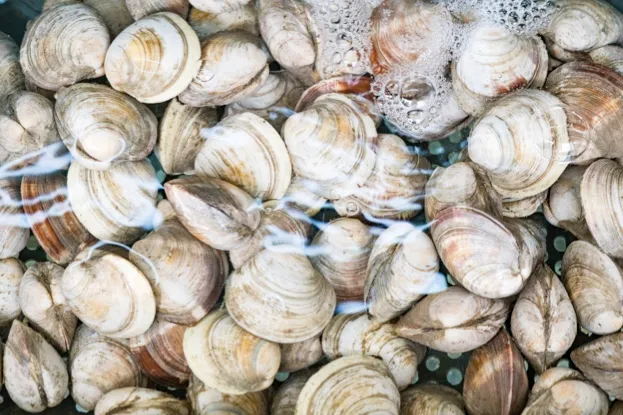
© Ivan / Getty
The flaring shape of the scallop shell has been much used in heraldry and statuary, and, in our own time, as a logo for Shell. But the mollusc has a deeper significance as an emblem of birth and immortality. In Botticelli’s famous painting The Birth of Venus, the goddess rides a giant scallop like a surfboard from her birthplace in the ocean foam, and it was also a popular badge worn on Christian pilgrimages.
Legend has it that the ship bearing the remains of St James to his shrine in Spain saw a vision of a rider emerging from the sea covered in scallop shells, a symbol of baptism and rebirth. St James is traditionally shown with a scallop badge in his hat, and churches dedicated to him are often near the coast.
The nearly-fish
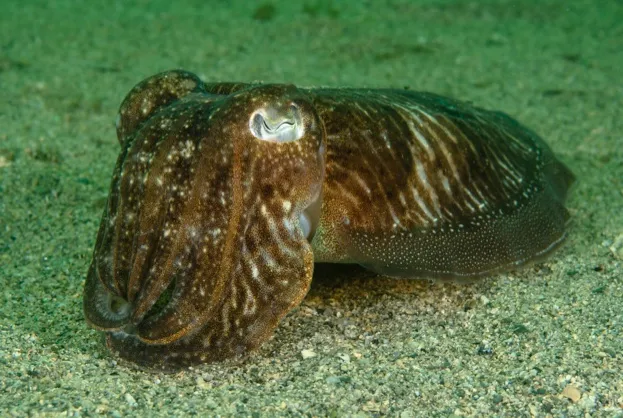
© Mark Webster / Getty
Bugs Britannica covers invertebrate life in rough progression from simple life (it opens with Amoeba, the ‘original blob’) to highly sophisticated, co-operative bees and ants, and intelligent cuttlefish (above) and squid.
The book ends with the lancelet or amphioxus, a fish-like ‘bug’ that seems to represent the meeting point between invertebrate and backboned life. “It’s a long, long way from amphioxus,” sang the evolutionary biologists of the 1920s in a light-hearted spoof, “but we all came from there.”
Recent investigation of the creature’s genome indicates that it is even further than we thought. So why not raise your hat to our ultimate ancestor, a true survivor that’s hardly changed in 520 million years?
Peter Marren's shortlist of the top invertebrate spectacles in and around the UK:
- Mass hatches of mayflies, in which myriad points of light dance above a rippling stream, have delighted many a fisherman – and bug enthusiast. Billions of the insects emerge from the water to float on air currents. Having mated in mid-air and laid their eggs, the ‘spinners’ fall dead.
- Migrant butterflies arriving on the coast after a risky sea crossing, feasting on every thistle, make an unforgettable sight. Look out for painted ladies and clouded yellows.
- Slug sex really has to be seen to be believed. A mating pair of leopard slugs spiralling like animated DNA on their rope of slime makes one gasp with wonder, and, perhaps, envy (see our ‘Why we should love slugs’ feature in the March 2010 issue).
- Wood ants are the insects that most resemble us. They make large nests with complex interiors that evoke human cities, their radiating trails recall roads and their co-operation puts human institutions to shame.
- A tidal grotto on the island of Sark is my choice for the most eye-catching invertebrate spectacle in Britain. Like the Victorian shorelife hunter Philip Gosse, when I saw its sea anemone-bejewelled walls I felt like one who had stumbled on a submerged garden and emerged “dazzled”.
Insects in advertising: Insects have starred in all kinds of promotional campaigns:
- One of the most famous instances of insects being used to sell things is the friendly logo on the cover of Ladybird Books, a reminder that children love ladybirds and even play fortune-telling games with them. The garden spider and its fine, soft webs made an equally satisfying emblem for Lenor fabric conditioner.
- Advertisers have found a whole range of qualities in butterflies, including grace, airiness, fragility and a sense of freedom. Applied to cars, they imply lightness and speed; to herbal shampoos, a quality of naturalness. One marketing company takes its name from the supposed ‘butterfly effect’ of an insect producing atmospheric ripples that result in a tropical storm. In the same way, it implies, even small changes to your business can be hugely rewarding.
- Mayflies are marketed as symbols of brevity. Their chief attraction is that, as we see them, these insects are highly focused creatures: they cram all of their adult experience into a single day.
- The American artist Emily Berezin takes a different approach by painting tiny corporate logos directly onto insects. Among her ‘sponsorship bugs’ are pond skaters carrying the Nike symbol and cockchafers wearing the iconic Volkswagen badge (right). Berezin releases her insects unharmed afterwards.
This article originally appeared in BBC Wildlife. Take a look inside the current issue and find out how to subscribe.
Main image: Emperor moths © Simon002 / Getty
